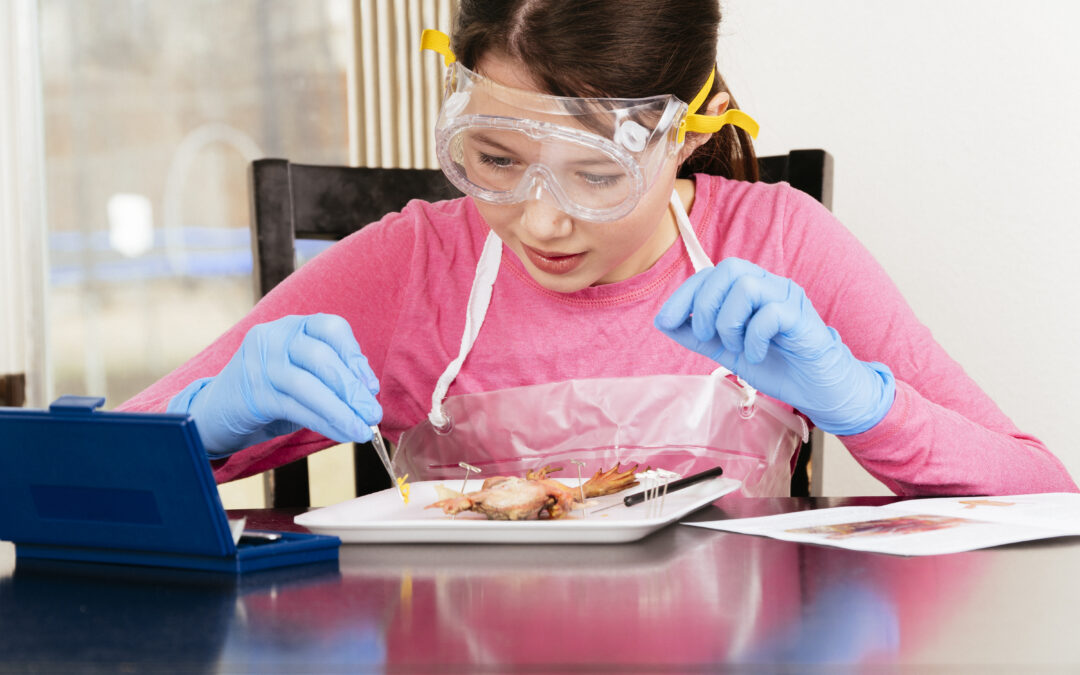A Brief History of the Microscope
- Pre-1600: In the 11th century, the Arab Alhazan described the use and characteristics of glass lenses. Two hundred years later, the English natural philosopher Roger Bacon was familiar with lenses. Eyeglasses, however, were not invented until the late 1200s.
- 1600s: In 1608 the telescope was invented, with Galileo improving upon it with his own models. Around 1600, the microscope was invented, possibly by Hans and Zacharias Jansen. Due to poor lens quality, the early compound microscopes (ones that used two lenses) could only magnify an object up to 20 or 30 times its normal size.
The first big microscopy advances came in 1665, when Robert Hooke published the Micrographia, a collection of copper-plate illustrations of objects he had observed with his own compound microscope. He coined the term ‘cell’ when looking at a piece of cork under 30x magnification.
In the late 1660s, Antony van Leeuwenhoek began to grind his own lenses and make simple microscopes. Each microscope was really a powerful magnifying glass rather than a compound microscope. Leeuwenhoek’s hand-ground lenses could magnify an object up to 200 times! He observed animal and plant tissue, sperm cells and blood cells, minerals, fossils, and much more. He also discovered nematodes and rotifers (microscopic animals), and he discovered bacteria while looking at samples of plaque from his own and others’ teeth.
- 1700-1800s: Not much change in the basic microscope design occurred, but better lenses were crafted (using purer glass and different shapes) to solve problems like color distortion and poor image resolution. In the late 1800s, Ernst Abbe discovered that oil-immersion lenses prevented light distortion at highest magnification power. These are still used today on 1000x-objective microscopes.
- 1900s till now: In 1931, a pair of German scientists invented the electron microscope. This kind of microscope directs a beam of speeded-up electrons at a cell sample; as the electrons are absorbed or scattered by different parts of the cell, they form an image that can be captured by an electron-sensitive photo plate.
This model enables scientists to view extremely small parts, magnified as much as one million times. The only drawback is that living cells can’t be observed with electron microscopes. However, compound microscopes are being improved with digital and other new technology, making microscopy better for everyone from kids to lab microbiologists.
More Information:
- These days, the art and science of microscopy is prevalent and available to nearly everyone, whether at your school, house, or the great outdoors. Looking for a microscope?
Check out our affordable microscopes and home microscopes to bring the magic to you!





